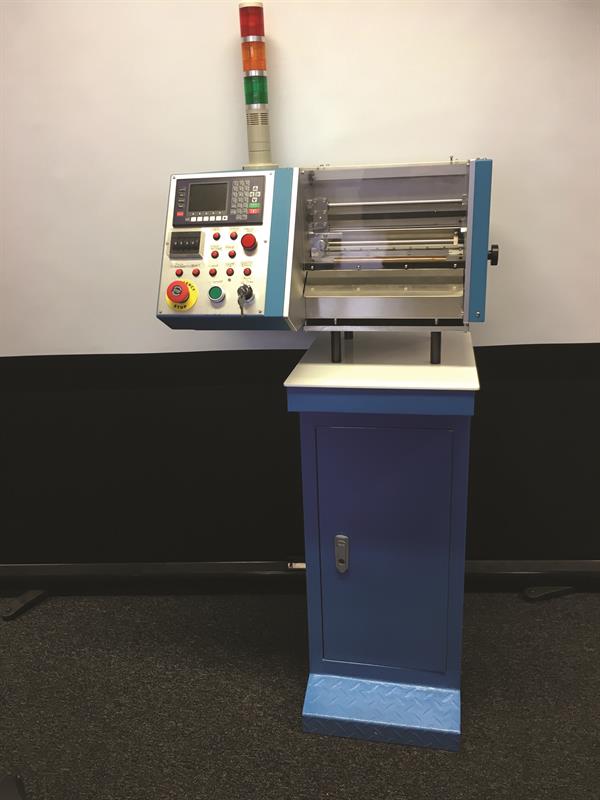Slot liners are inserted into generator and motor stators to insulate the windings from the stator pack; there may be as many as 40 per stator. MEP of Aylesford, Kent, manufactures these from a DuPont film called Kapton in complex shapes and various configurations and sizes, approximately 10 by 3 mm cross-section.
Currently, they have to be made using hand lay-up moulding, owing to their performance requirements, physical complexity and demanding wall thinness (required partly to maximise output power by allowing as much space as possible for windings). Production involves cutting pieces from film, wrapping them using dedicated tooling and curing them in a press under high heat and pressure. Batch sizes range from 1,000-5,000.
MEP managing director Phil Hart first heard about the National Aerospace Technology Exploitation Programme (NATEP) when he was asked to sit on the Farnborough Aerospace Consortium (FAC)’s NATEP Regional Approval Panel; through that work he became familiar with the scheme and realised its potential for his own production. Hart says that he also knew that MEP’s customer, Safran Electrical & Power, had been investigating other means of procuring slot liners, such as extrusion.
Replacing the flight-qualified material would be a big ask, however, not only because of the regulatory barriers, but because of their in-service requirements: the material needs to withstand high temperatures and high forces – some liners are in assemblies rotating in excess of 10,000 rpm – and the part performs an important safety function.
MEP set out to devise a new way to make slot liners from the existing material, but more quickly, so as to reduce production costs while also improving quality, as a manual process inevitably exhibits variability. Having applied for, and won, a grant of £150,000 from Birmingham City Council and Finance Birmingham (that had to be match-funded by the company) under the NATEP programme, MEP teamed up with machine-builder Jackson Design, with Safran support, to develop a machine that would automate slot liner manufacture.
Market research didn’t turn up any viable existing machinery or processes, so the project progressed to phase two, designing the initial machine concept. It was apparent that the ideal ‘material in here, finished product out there’ objective would be too complex to achieve in one machine. Instead, MEP compromised, limiting the machine’s scope to cutting and wrapping but not curing. Then it began procuring and making parts (MEP runs a bespoke metalworking operation, as well as moulding services), and undertaking machine assembly. Several iterations of prototyping were required to achieve the demanding performance targets.
Undeterred, the team went back to the drawing board and redeveloped aspects of the prototype machine that was about to be tested at time of interview in mid-January. This proof-of-concept will still require further development before it can be used in production – though Hart says the main focus for now is on getting the machine working, adding: “Although we’ve obviously talked about what we are going to do if it works”.

A second prototype of the slot liner fabrication machine
This article was published in the March 2017 aerospace supplement of Machinery magazine.










